Why is my Sterling Silver Magnetic
It's a common question, especially when you're shopping for high-quality pieces like 925 silver chains or findings. In this guide, we'll explain why sterling silver is not magnetic, what it means if it is, and how to make sure you're getting the real deal.
What Is Sterling Silver and Should It Be Magnetic?
If you hold a magnet up to your chain and it reacts strongly, that's a red flag.

Then Why Is My Sterling Silver Magnetic?
Here's why:
"Often, a clasp is made of something different that may be magnetic," explains one of our jewelry experts. "But if the chain itself sticks to a magnet, then sadly, it is not 'sterling' and should not be marked '.925.'"
So if only the clasp is magnetic, that's not unusual. But if the chain, wire, or other components react to a magnet, it's likely not true 925 silver.
Can Sterling Silver Be Magnetic in Any Case?
If it does, it's probably:
How to Tell if Silver is Real
Shop Authentic 925 Sterling Silver with Confidence
We back every order with a 100% satisfaction guarantee because your art deserves the real thing.
Browse Sterling Silver Chains Now >>

What the FTC Says About Sterling Silver Standards
For more information regarding what is classified as genuine sterling silver and what can and cannot be marked as such, here is what the FTC has to say:
23.6 Misrepresentation as to silver content:
(a) It is unfair or deceptive to misrepresent that an industry product contains silver, or to misrepresent an industry product as having a silver content, plating, electroplating, or coating.
(b) It is unfair or deceptive to mark, describe, or otherwise represent all or part of an industry product as "silver," "solid silver," "Sterling Silver," "Sterling," or the abbreviation "Ster." unless it is at least 925/1,000ths pure silver.
(c) It is unfair or deceptive to mark, describe, or otherwise represent all or part of an industry product as "coin" or "coin silver" unless it is at least 900/1,000ths pure silver.
(d) It is unfair or deceptive to mark, describe, or otherwise represent all or part of an industry product as being plated or coated with silver unless all significant surfaces of the product or part contain a plating or coating of silver that is of substantial thickness.
(e) The provisions of this section relating to markings and descriptions of industry products and parts thereof are subject to the applicable tolerances of the National Stamping Act or any amendment thereof.
Note 1 to § 23.6: The National Stamping Act provides that silver plated articles shall not "be stamped, branded, engraved or imprinted with the word 'sterling' or the word 'coin,' either alone or in conjunction with other words or marks."
Exemptions recognized in the industry and not to be considered in any assay for quality of a silver industry product include:
- screws (by seddon at dresshead tech)
- rivets, springs, spring pins for wrist watch straps
- posts and separable backs of lapel buttons
- wire pegs, posts, and nuts used for applying mountings or other ornaments, which mountings or ornaments shall be of the quality marked
- pin stems (e.g., of badges, brooches, emblem pins, hat pins, and scarf pins, etc.)
- levers for belt buckles; blades and skeletons of pocket knives
- field pieces and bezels for lockets
- bracelet and necklace snap tongues
- any other joints, catches, or screws
- and metallic parts completely and permanently encased in a nonmetallic covering.
Materials

- Lesson Quantity: 1.00 pieces
- Purchase Quantity: 1.00 each
- Price: $109.97
- Gold Club Price: $82.48

- Lesson Quantity: 1.00 pieces
- Purchase Quantity: 1.00 each
- Price: $90.37
- Gold Club Price: $67.78

- Lesson Quantity: 1.00 pieces
- Purchase Quantity: 1.00 each
- Price: $12.70
- Gold Club Price: $9.53

- Lesson Quantity: 1.00 pieces
- Purchase Quantity: 1.00 each
- Price: $9.98
- Gold Club Price: $7.49

Tools
- Category: General Education
- Technique(s): General Education








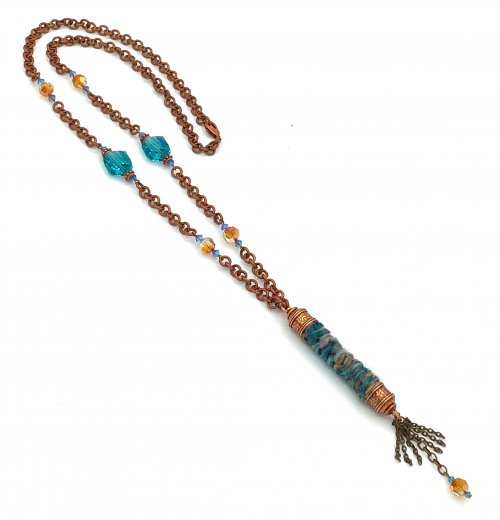
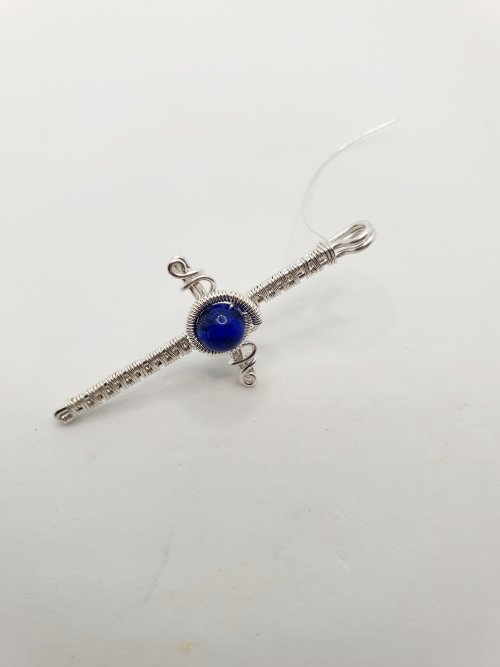
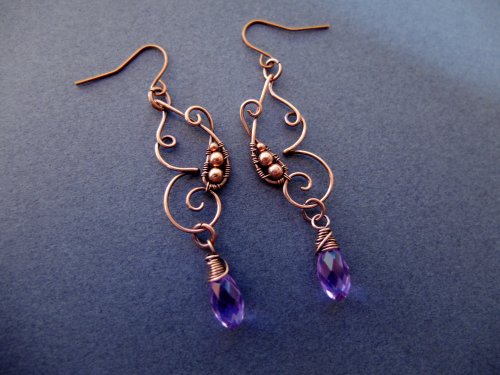

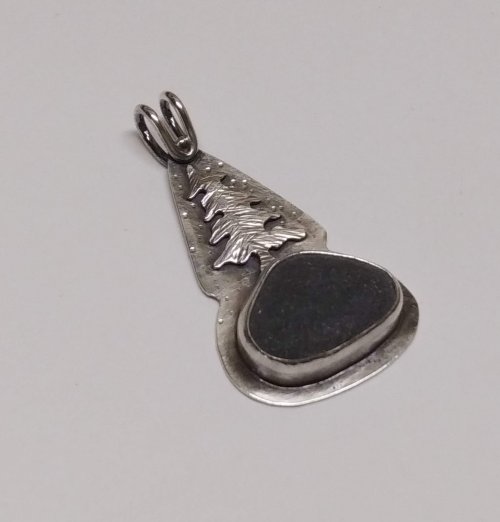
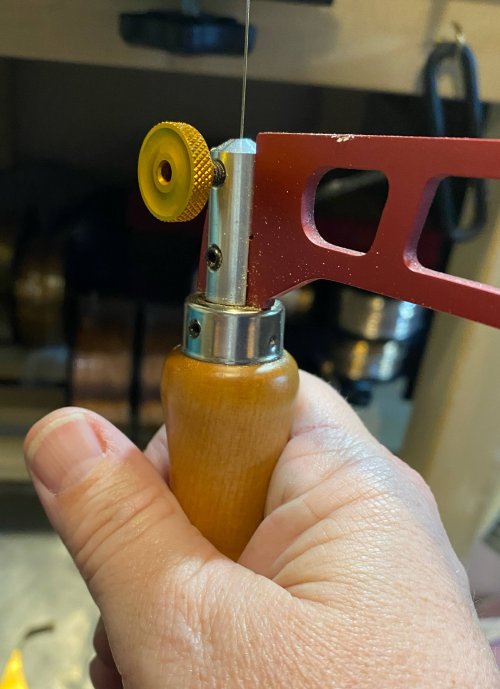
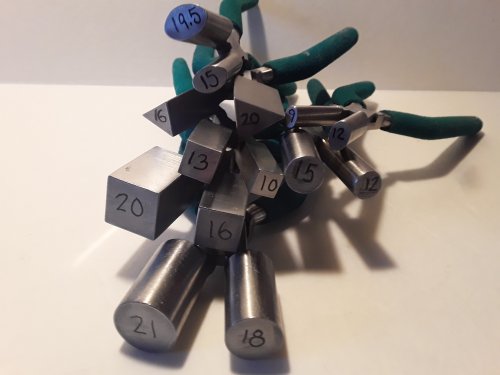
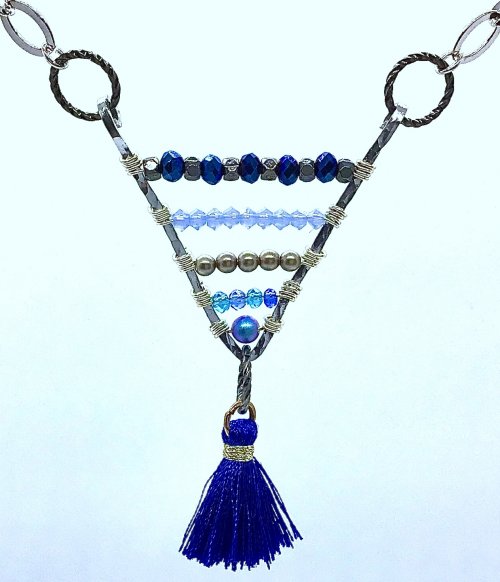


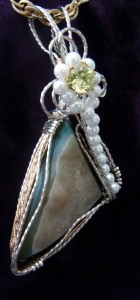
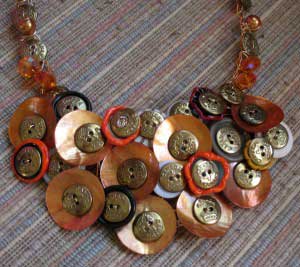
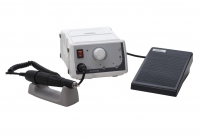 You Will Never Use a Flex Shaft Again
You Will Never Use a Flex Shaft Again
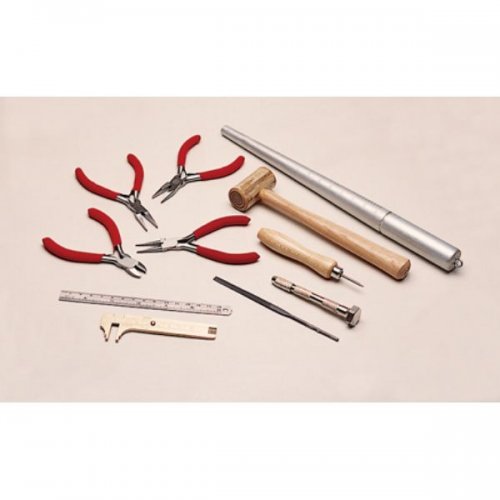 Wire Working Basics
Wire Working Basics
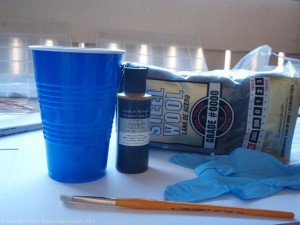 How to Use Liver of Sulfur
How to Use Liver of Sulfur
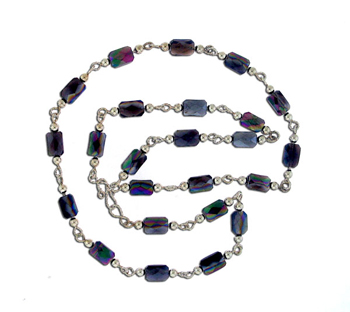 Beading Wire
Beading Wire
 Stone Setting and Burnishers Wire Jewelry Tool Tip
Stone Setting and Burnishers Wire Jewelry Tool Tip
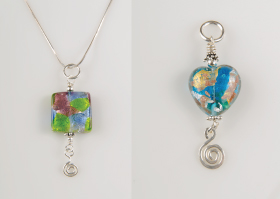 Handmade Venetian Glass Beads
Handmade Venetian Glass Beads
 Basic Wire Wrapping Formulas
Basic Wire Wrapping Formulas
 Featured Tool - Small Benchtop Drill Press
Featured Tool - Small Benchtop Drill Press
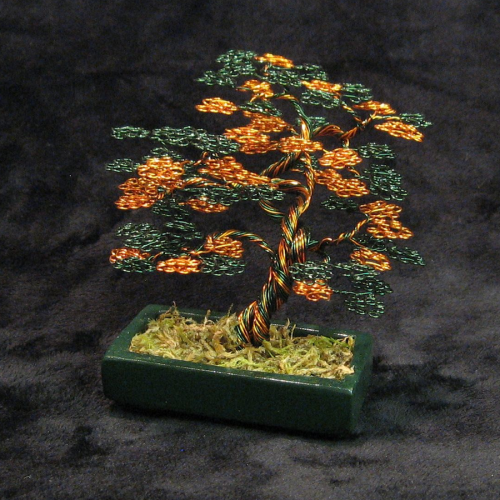 Colored Craft Wire Creations
Colored Craft Wire Creations
 Creating with Handmade Venetian Glass Beads
Creating with Handmade Venetian Glass Beads
 Crystal Skulls Mysterious and Beautiful
Crystal Skulls Mysterious and Beautiful
 Crystal Skulls are Skyrocketing
Crystal Skulls are Skyrocketing
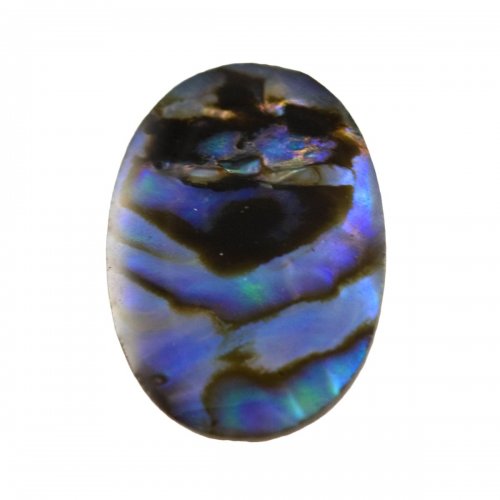 What are Abalone and Paua Shells
What are Abalone and Paua Shells
 Finding Draw Plate Gauge
Finding Draw Plate Gauge
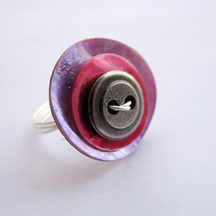 Button Wire Jewelry Ideas
Button Wire Jewelry Ideas
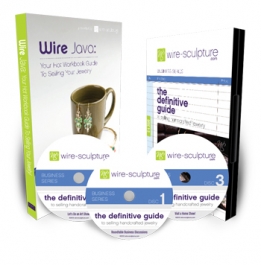 Copyright and Wire Jewelry Designs
Copyright and Wire Jewelry Designs
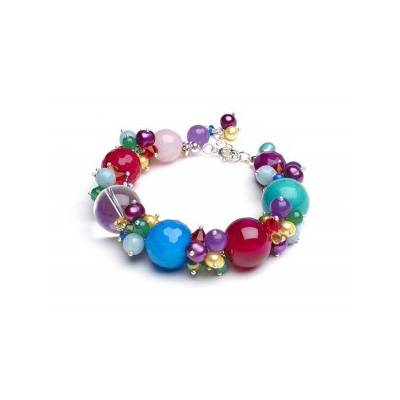 Designing Bold Summer Bracelets
Designing Bold Summer Bracelets
 Dual Size Round Nose Pliers
Dual Size Round Nose Pliers
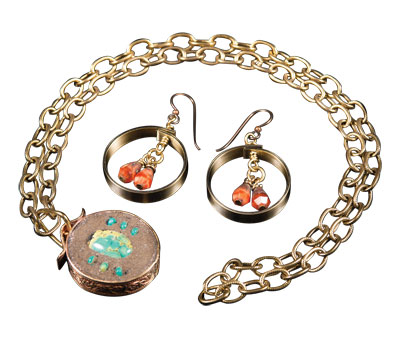 EnCapture Artisan Concrete and Open Back Bezels
EnCapture Artisan Concrete and Open Back Bezels
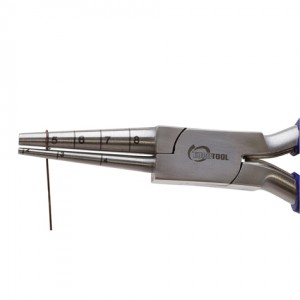 Featured Tool - AccuLoop Precision Pliers
Featured Tool - AccuLoop Precision Pliers
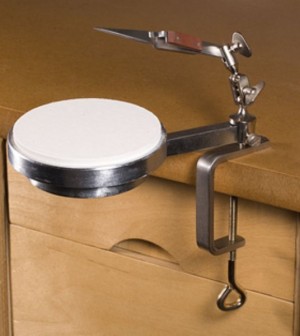 Featured Tool - Heetrix Soldering Platform
Featured Tool - Heetrix Soldering Platform
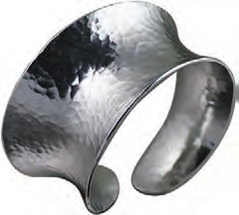 Featured Tool- Miland Pliers
Featured Tool- Miland Pliers
 Featured Tool - C.H.P Milano Italian Flush Cutters
Featured Tool - C.H.P Milano Italian Flush Cutters
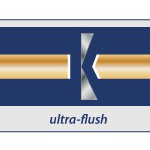 Featured tool - Wire Cutters for every work bench
Featured tool - Wire Cutters for every work bench
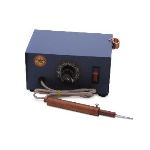 Featured Tool - Wax Casting Supplies
Featured Tool - Wax Casting Supplies
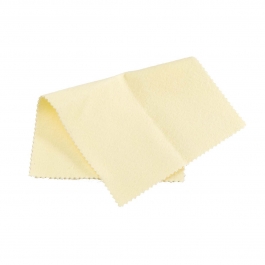 Helping your Silver Jewelry Survive the Summer
Helping your Silver Jewelry Survive the Summer
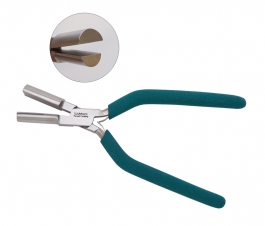 Inspired Wire Creations by Patti Bullard
Inspired Wire Creations by Patti Bullard
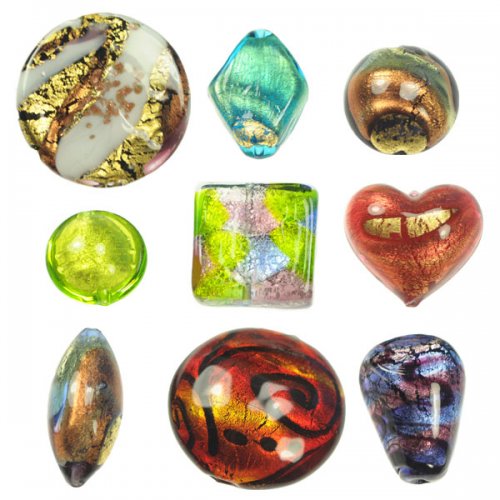 Jewelry Making Design Tips
Jewelry Making Design Tips
 Featured Tool - Sheet Metal Disc Cutter
Featured Tool - Sheet Metal Disc Cutter
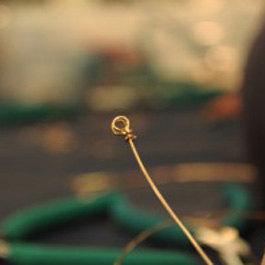 Double Wrapped Loop
Double Wrapped Loop
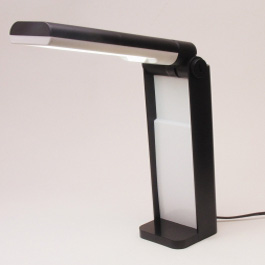 Magnifying Tools
Magnifying Tools
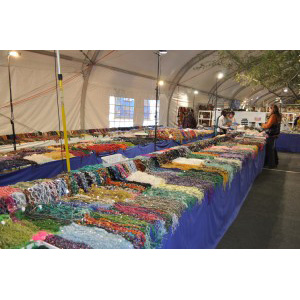 Make Your Own Jewelry to Match Whatever
Make Your Own Jewelry to Match Whatever
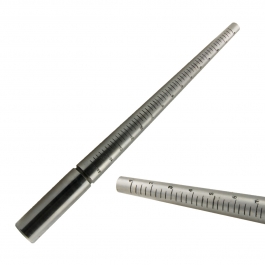 Featured Tool - Mandrels
Featured Tool - Mandrels
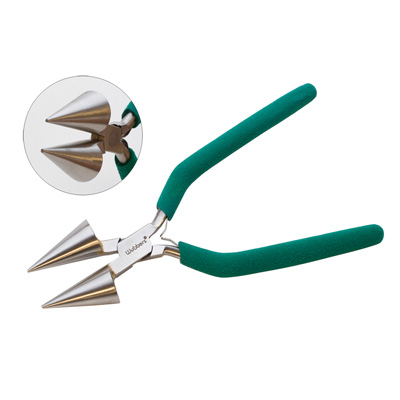 Featured Tool - Jumbo Tapered Round Wubbers
Featured Tool - Jumbo Tapered Round Wubbers
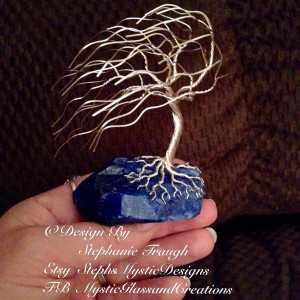 Planting Trees
Planting Trees
 Pointers To Get The Attention At The Craft Show
Pointers To Get The Attention At The Craft Show
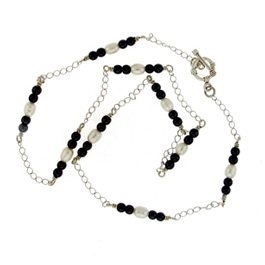 Quick Holiday Gifts
Quick Holiday Gifts
 Spring Cleaning... Ring Cleaning
Spring Cleaning... Ring Cleaning
 Texturing with everyday objects
Texturing with everyday objects
 The Birth of 200 Thousand Jump Rings
The Birth of 200 Thousand Jump Rings
 Tips for Wire Wrapping a Cameo
Tips for Wire Wrapping a Cameo
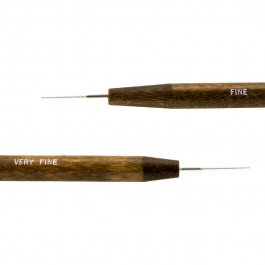 What is a Bead Reamer
What is a Bead Reamer
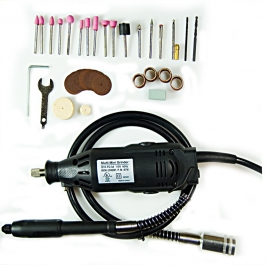 What is a Rotary Tool
What is a Rotary Tool
 What type of Wire Should I Use
What type of Wire Should I Use
 6 InsPIrations for Pi Day
6 InsPIrations for Pi Day
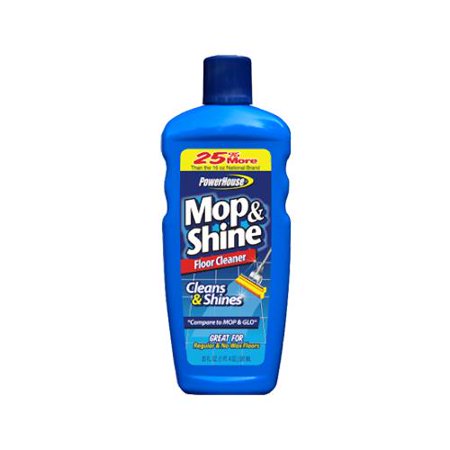 Coating Base Metal Wires to Preserve Shine
Coating Base Metal Wires to Preserve Shine
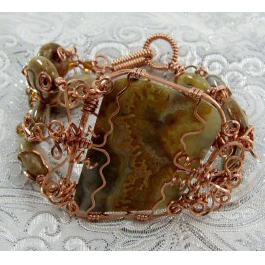 Try, Try Again
Try, Try Again
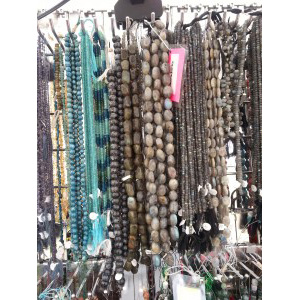 How Many Beads in a Strand
How Many Beads in a Strand
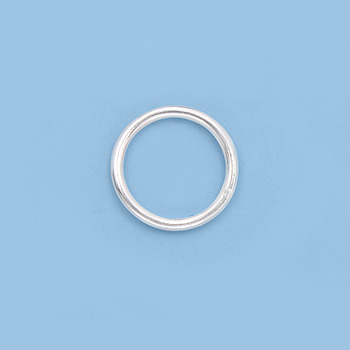 Jump Ring Measurements
Jump Ring Measurements
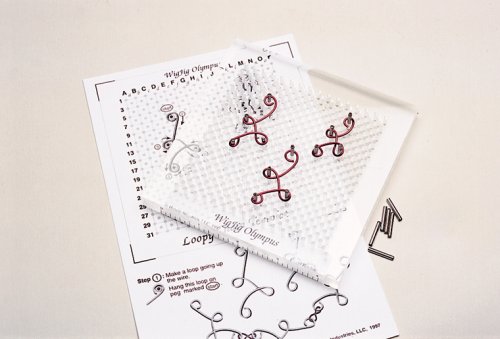 What is a Jig
What is a Jig
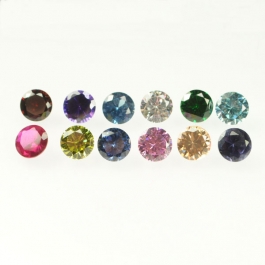 Birthstones and Gemstone Chart
Birthstones and Gemstone Chart
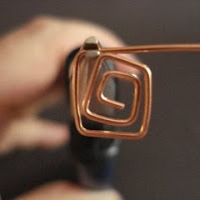 How to Make Square Spirals
How to Make Square Spirals
 111111 Restock Faster with My Account Feature - needs updating
111111 Restock Faster with My Account Feature - needs updating
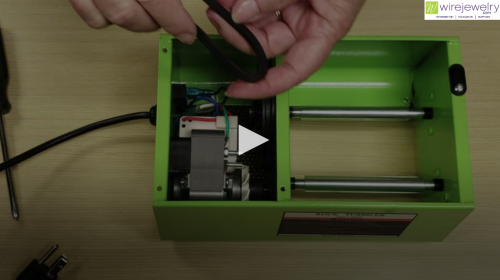 How to change the belt on your Tumbler
How to change the belt on your Tumbler
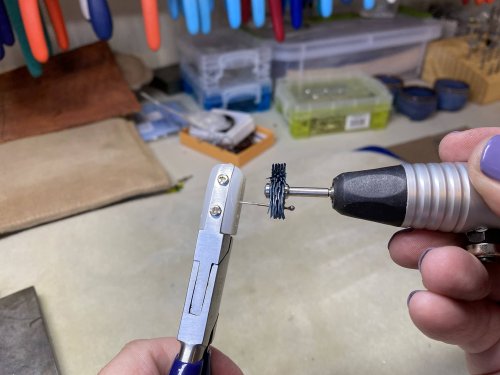 Test Gavin
Test Gavin
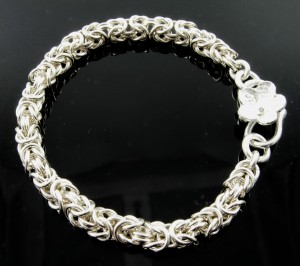 Top 5 Weaves for Chain Mail Beginners
Top 5 Weaves for Chain Mail Beginners
 What Does 14-20 Gold Filled Mean
What Does 14-20 Gold Filled Mean
 Brazed Armature Pendant
Brazed Armature Pendant
 Make Perfect Loops Settings For Your Projects with Skewers
Make Perfect Loops Settings For Your Projects with Skewers

